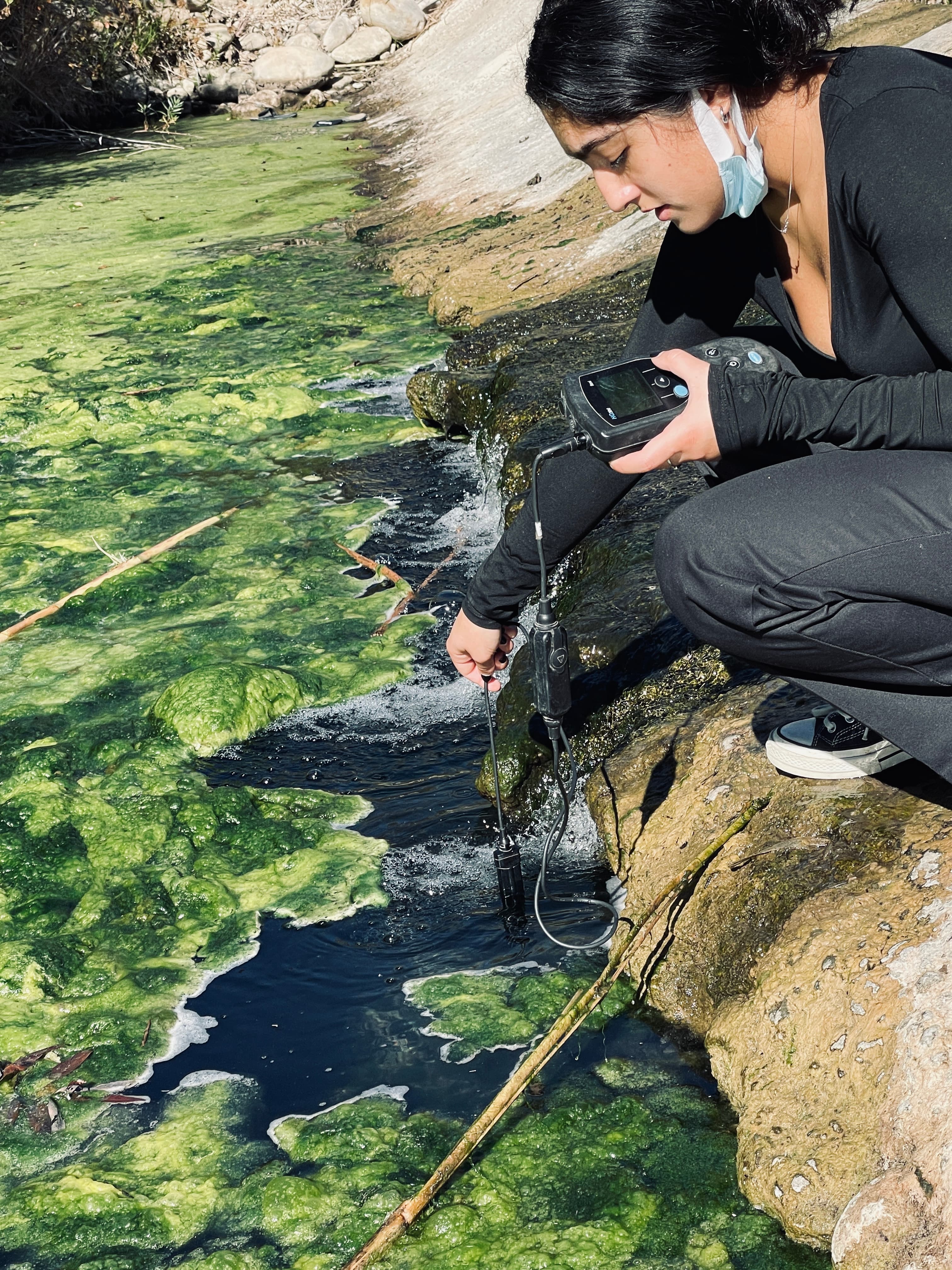There are many ways of talking about and measuring student achievement. For our purposes, student achievement refers to the ability of students to demonstrate satisfactory progress toward short- and long-term educational goals. In other words, how well students are able to demonstrate mastery of disciplinary content, core ideas, and practices that have been set forth in content standards and academic performance expectations. Ultimately, school districts, schools, and teachers decide the metrics by which student achievement is measured, whether by state-level standardized tests, formative and summative assessments, written responses, observations, or other means.
MWEEs require that investigations and student action be directly connected to curriculum content and objectives. Thus, the MWEE is designed to support students’ mastery of academic content of their curricular programs.
MWEEs further work to support student learning and thus achievement by connecting academic content to life-relevant local issues and phenomena that may be investigated through collaborative participation in disciplinary practices such as:
- gathering and evaluating sources
- developing and using models
- reasoning abstractly and quantitatively
- constructing arguments
- developing evidence-based claims
- communicating and critiquing conclusions
- taking informed action

By situating the learning in authentic, real-world contexts, MWEEs, like other approaches to project-based learning, allow students to more easily recognize the value of content, activities, and academic tasks by connecting discrete facts and data to situations that are meaningful to themselves and their communities. The contextualized learning experiences that MWEEs support let students make connections between prior knowledge and new ideas, transfer and apply factual information across multiple contexts, and develop deep conceptual understandings that are critical for academic achievement and success.
Supporting Literature:
MWEEs are an example of project-based learning. The following articles discuss project-based learning and its effects on student academic achievement. This is supplemental information to the above content.
Theoretical background of project-based learning (including situated learning)
- Krajcik, J.S. & Blumenfeld, P. (2006). Project-based learning. In Sawyer, R. K. (Ed.), the Cambridge handbook of the learning sciences. New York: Cambridge.
- Learning Science in Informal Environments 2009 Philip Bell, Bruce Lewenstein, Andrew W. Shouse, and Michael A. Feder, Editors (National Academies Press)
Student achievement is the ability of students to demonstrate satisfactory progress toward short- and long-term educational goals. These articles and resources define those goals in the form of educational standards and pedagogy.
- National Council for the Social Studies. (2014). College, career, and civic life (C3) framework for social studies state standards: Guidance for enhancing the rigor of K-12 civics, economics, geography, and history. National Council for the Social Studies.
- National Governors Association. (2010). Common core state standards. Light, J, 19.
- National Research Council. (2012). A framework for K-12 science education: Practices, crosscutting concepts, and core ideas. National Academies Press.
Environmental education organizations across the globe dedicate time, energy, and money to asking questions about the value and effectiveness of environmental education and project based learning initiatives:
- Buck Institute for Education
- International Society for Technology in Education: The Case for Project-Based Learning.
- North American Association of Environmental Educators (research in conjunction with Stanford University) on the Benefits of Environmental Education for K-12 Students.
- Nicole M. Ardoin, Alison W. Bowers, Noelle Wyman Roth & Nicole Holthuis (2018) Environmental education and K-12 student outcomes: A review and analysis of research, The Journal of Environmental Education, 49:1, 1-17.